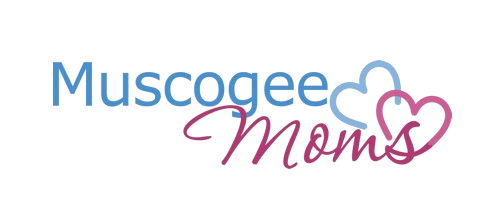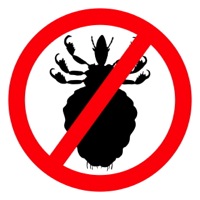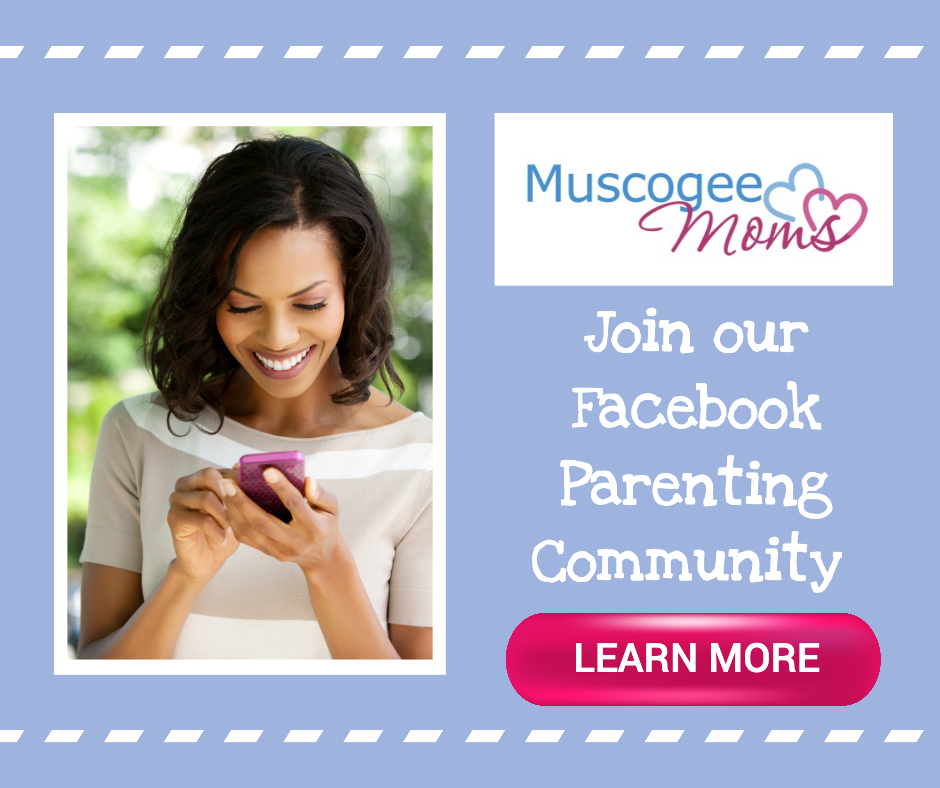It’s a lousy topic, but somebody has to tackle it — Let’s talk about head lice!
September is National Head Lice Prevention Month. As children head back to school from a summer of camp, all-day play dates and mega sleepovers, the number of cases of head lice rises. That’s because head lice, tiny parasitic insects that live on the scalp, are most commonly transferred through head to head contact.
The GOOD new is that Head Lice aren’t dangerous and they don’t spread disease. The BAD news is that they are contagious and can be downright difficult to get rid of.
So what can you do to prevent head lice from happening to your child? Here are some tips we picked up from Google:
Tip 1:
Teach your child to avoid head to head contact; no sharing of brushes, combs, hats, hair accessories, scarves or towels. And don’t even think about borrowing Momma’s!
Tip 2:
Keep your child’s hair as close to the head as possible; either in a ponytail, braid or bun. My boys sported stylish crew cuts for months afterwards.
Tip 3:
Some parents claim mayonnaise, white vinegar, or tea tree oil are effective natural remedies for head lice. While there is no scientific evidence to support these home remedies, pediatricians say there’s no harm in trying them. But don’t use them as primary treatment.
Tip 4:
Perform a weekly head check for lice and nits (eggs). Although lice and nits are small, they are visible to the naked eye. Head lice can be white, brown, or dark gray. They are most often found in the hair at the back of the neck or behind the ears. The nits are round or oval specks that are tightly glued to hairs near the scalp. If you try to slide the nits off, they won’t budge.
Tip 5:
Don’t assume that because your child is not scratching their head, that they do not have head lice – some children don’t feel them in their hair at all. You, on the other hand, will feel your scalp crawl just thinking about it!
Tip 6:
Stay ahead of a head lice infestation. Do a “comb out” once a week with a good metal nit comb. Making it part of your weekly routine is the best way to catch lice early.
Tip 7:
Last, but most importantly, remember that it’s no reflection on your hygiene habits or those of your children. Nor is it a failure on your part as a parent if your child gets head lice. Head lice are not a scourge of the lower classes, nor a sign of poor hygiene. They affect children across all levels of income, social class, and cleanliness. The bugs can survive underwater for up to six hours, so kids who bathe regularly are just as vulnerable.
Note: As of April 2001 Muscogee Co School District adopted a NO NIT head lice policy. When head lice is discovered, the principal or his/her designee will immediately notify the paretn//guardian and make arrangements for the student to be picked up and treatment initiated. Upon return, the parten/guardian must accompany the student to school and remain with the student until the principal or designee inspects the student’s head for the presence of nits or active lice. The child will not be readmitted if either one is present. If the problem persists a note from your health care provider may be required.



